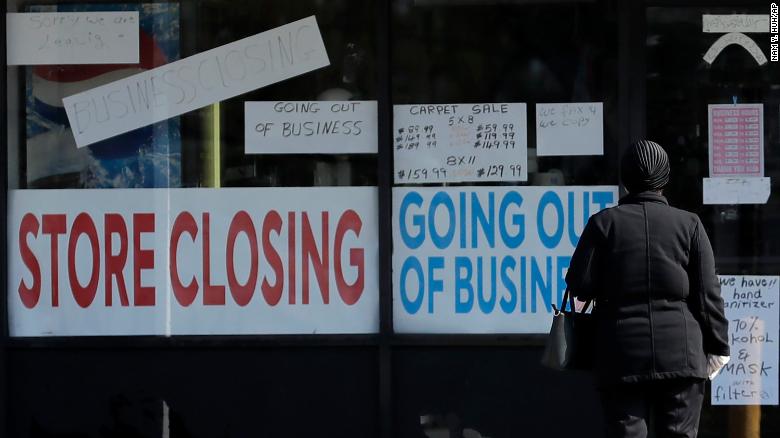The national unemployment rate in the United States hides the multiple difficulties that some groups still face in the economy affected by the pandemic. That’s why the Federal Reserve looks at more than just the average number of unemployed to determine the economic health of the nation.
“When we say that maximum employment is a broad and inclusive goal, we are not just looking at the headline numbers.” This was pointed out this Tuesday by the president of the Federal Reserve, Jerome Powell, in his semi-annual testimony before the Senate Banking Commission.
Some groups bear the brunt of the consequences of the pandemic. And, for example, they face unemployment rates even higher than the national average, Powell explained to the commission.
The national unemployment rate fell to 6.3% in January. However, unemployment is much lower for white workers, at 5.7%, compared to other groups. In the case of the black population, the unemployment rate was 9.2% in January, while that of Hispanics reached 8.6%, according to the Bureau of Labor Statistics.
US Unemployment Assistance Requests Rebound 1:14The unemployment rate for women over 20 is the same as for men: 6%. But this does not portray the whole story either. The pandemic has forced some women to leave the workforce to take on family care responsibilities. And they are not counted in the unemployment rate.
Meanwhile, of the 140,000 jobs lost in the United States in December, all were held by women.
Powell said he hoped these effects were temporary. In that sense, he added that this situation limited the ability of workers to contribute fully to the economy.
Ultimately, “policies that end the pandemic would help,” he said.
Senator Pat Toomey, the highest ranking member of the commission, said at the beginning of the hearing that he would prefer the Federal Reserve not deviate from its core goals of price stability and full employment to focus on racial inequality and climate change. .
Powell recognized that fiscal policy, and not the blunt tools of monetary policy, are more appropriate to address problems of inequality. However, he went on to emphasize that additional support is still needed for some groups.
“The economic recovery remains uneven and far from complete. And the way forward is very uncertain, “Powell told the committee during his prepared remarks.
“The best you can do [la Reserva Federal] In this regard, it is to maintain an accommodative monetary policy, “he told the senators.
The Federal Reserve has repeatedly signaled that it will not raise interest rates. This under the argument that the unemployment situation continues to be serious and inflation is not approaching its objective of approximately 2%. But inflationary pressures could mount as the economy fully reopens this year. This expectation triggered a rise in Treasury bond yields in recent days. Which in turn caused some swings in the stock market. Bond prices and yields move inversely with each other.
Powell will return to Capitol Hill this Wednesday to testify before the House Financial Services Commission.

